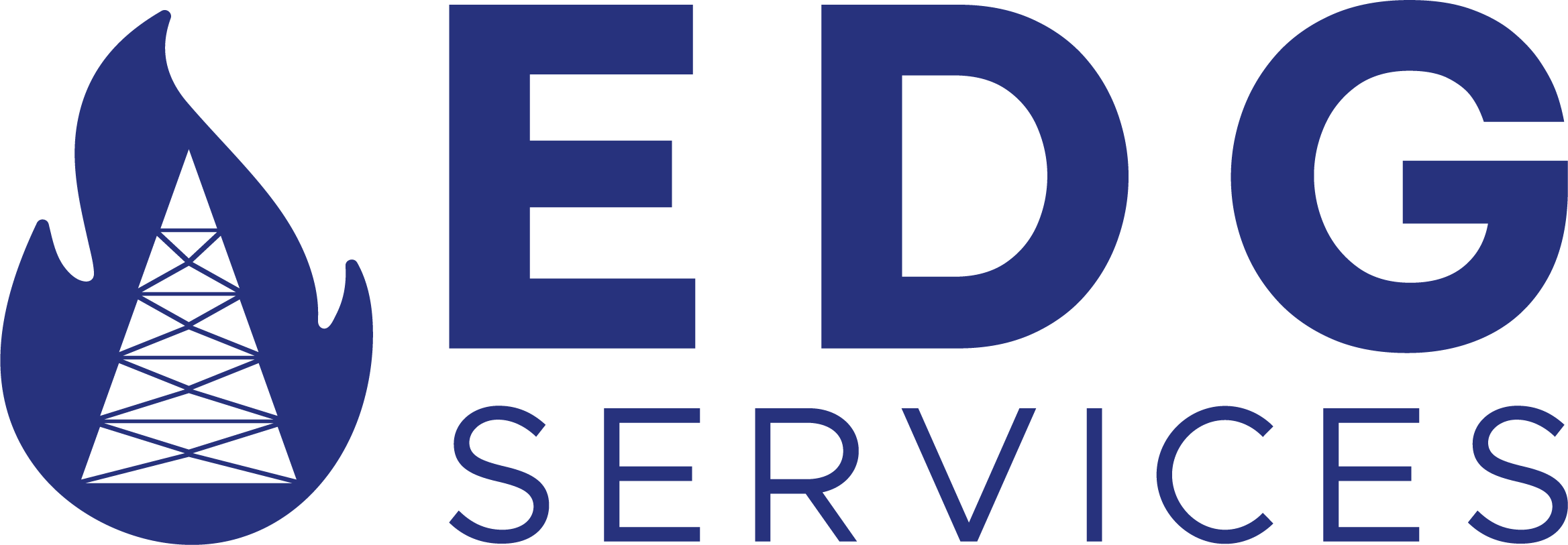Drilling of vertical and horizontal wells
Drilling of wells for oil and gas extraction is carried out in two main drilling methods: conventional, also known as vertical drilling, and horizontal drilling. Below is a brief explanation of both along with the reasons why many oil field research companies are opting for horizontal drilling.

Vertical Drilling
Vertical drilling (conventional) was previously the most common drilling method in the oil industry.
This method goes straight down to the ground and is able to extract oil only close to the surface. Being a vertical well, it is not able to extract any fuel from the areas around it. If fuel is found near it, more drilling pads are needed to remove it.
Horizontal drilling
Corrosion or drilling of wells in a horizontal direction began to be practiced in the late 1920s. This was not a common way of extracting oil until the 1980s, when new equipment and technology were available to oil supply companies. Equipment and technology make horizontal drilling easier, more economical, less invasive and more efficient than in the past.
Although setting up horizontal wells may seem more complicated, they have become a working method that many oil and gas companies are choosing today. RigData reported that almost 80% of wells were horizontal in the first quarter of 2016. As the name implies, horizontal erosion occurs when the well turns horizontally. However, it is initially created as a vertical well to reach the desired depth. Oil extraction companies perform drilling vertically to determine the optimal layer with more fuel, they then start drilling horizontally to extract more quantities with fewer drilling pads.
There are many benefits to applying horizontal drilling. Here are just a few:
- Obtaining a wider quantity with less "drilling pads".
- More energy with fewer drilling pads.
- Technological development of equipment is making the process less complicated, more efficient and more cost-effective.
- Less environmental impact because fewer drilling pads are needed.
- Increasing the production rate.
- Possibility to change the direction of the well several times to obtain as much oil as possible.
- Access to fuel that could not be accessed vertically, such as in a reserve under a city park.
